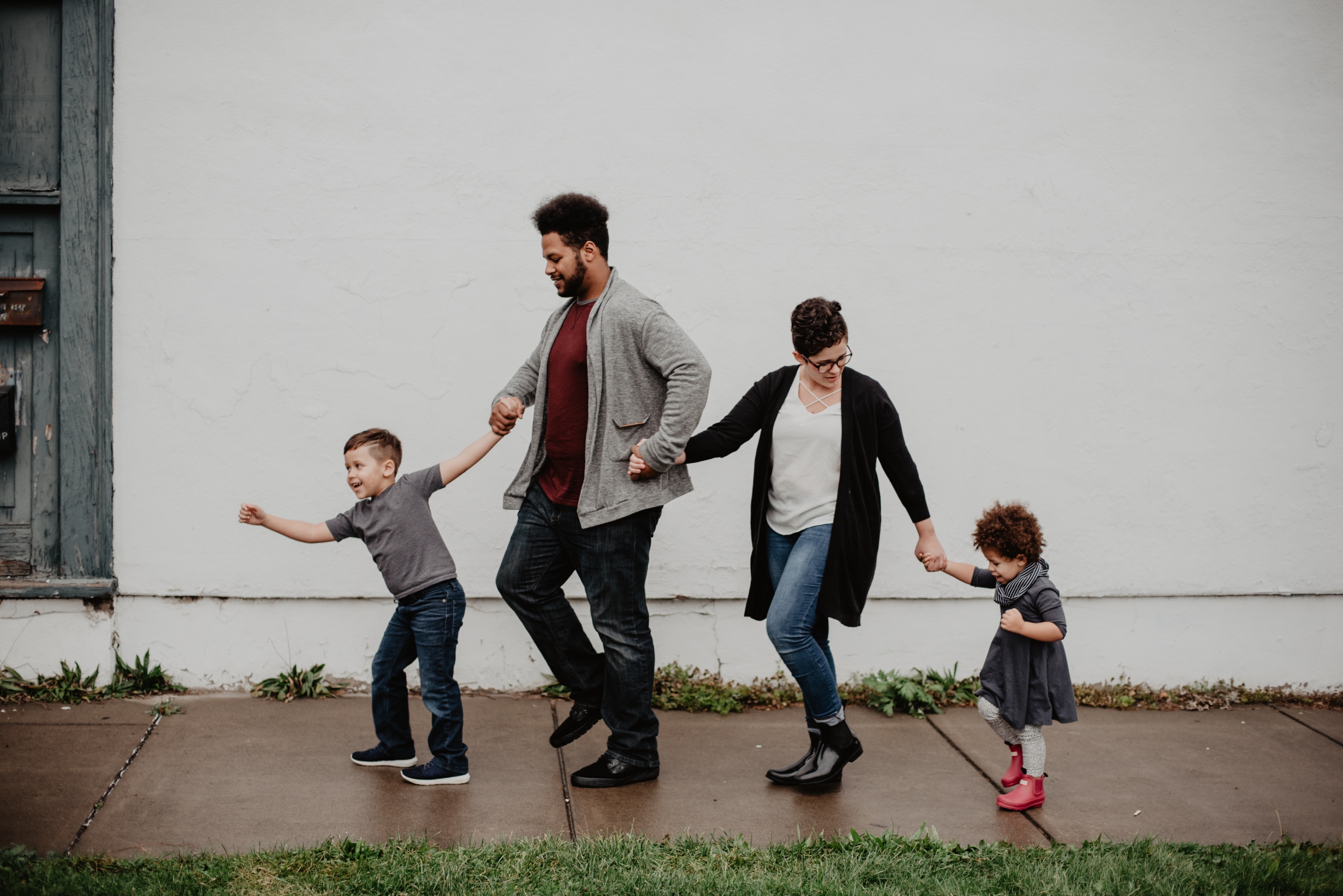Inheritance law and the blended family (part 2)
In part 1 of our post on inheritance law and blended families, dated January 26th, we addressed how legal family ties can be established. This is a requirement for inheriting from each other, even if a will has not been made. This part 2, on inheritance law and blended families, provides several examples of inheritance in the case of a blended family. A will is recommended for blended families: you then decide which children should and should not inherit from you, and who should inherit how much.
Example of legal succession in a blended family
Jan had three children from his first marriage to Anneke: Hans, Margriet, and the adopted Isabella. After his divorce, Jan remarried Inge, who also had two children from her first marriage: Hugo and Roos. Together, Jan and Inge had another daughter, Diny.
Who inherits from father Jan?
Jan has family ties with his children Hans, Margriet, Isabella, and Diny. Therefore, upon his death, he leaves behind five heirs (including his wife Inge). Hugo and Roos are Jan's stepchildren. Legally, they do not inherit from him.
Who inherits from son Hans?
For Hans, Margriet, and Isabella, only Diny is a half-sister (Hugo and Roos are not half-siblings). If Hans dies unmarried and childless, his father Jan, his mother Anneke, his full sisters Margriet and Isabella, and his half-sister Diny will legally inherit. Each parent inherits at least 1/4, and Diny, as a half-sister, inherits half of what Hans's full sisters inherit. This works out as follows: Jan and Anneke each receive 1/4. Then there remains 1/2, in which Margriet and Isabella receive twice as much as Diny. So, the net inheritance is 2/10ths for Margriet and Isabella, and 1/10th for Diny.
Including stepchildren in the legal division
In principle, the so-called "statutory distribution" applies between the surviving parent and their children (unless a will stipulates otherwise). This means the surviving parent inherits everything, and the children receive a claim against the surviving parent equal to their share of the inheritance. This amount is generally only claimable upon the surviving parent's death.
The law also stipulates that one or more stepchildren can be included in the legal division of the estate. A will is required for this. This is never done automatically. The stepchildren must then be named as heirs in the will and included in this legal division.
Follow-up example: allowing stepchildren to inherit in the so-called 'legal division' by making a will
Inge can make a will and appoint one or more of Jan's children as co-heirs and then declare the statutory division applicable. This means Jan receives her entire inheritance, but in return, each of the six children owes her one-seventh of her estate.
Inheritance tax and children, adopted children and stepchildren: who pays what?
An adopted child is automatically treated the same as a natural child for inheritance tax purposes. This means that an adopted child, just like a natural child, has an inheritance tax exemption of €21,282 (2021 figure), and that any amount inherited above this exemption is subject to the inheritance tax rate of 10% to 20% (as opposed to the higher rate of 30% to 40% that applies, for example, to siblings).
Stepchildren and foster children are also treated as children for inheritance tax purposes under certain conditions.
After being included in the legal division, a stepchild is treated equally as a child. Any children of the stepchildren are also considered their own grandchildren for inheritance tax purposes (if they receive any inheritance).
A foster child cannot, unlike a stepchild, be included in a legal division through a will. A foster child can, however, be named as an heir in a will or be granted a legacy. The child tax rate (10%-20%) and the child tax exemption of €21,282 (2021 figure) apply to the acquisition of the foster child, provided the foster child has been raised and supported by the foster parent(s) as their own child for at least five consecutive years, until their marriage or at most their 21st birthday. Other arrangements can be made in a will.
Summary and tip
Under the statutory inheritance rules, a child only inherits from their parent if they had a family bond with that parent at the time of their death. This family bond is sometimes automatic, and sometimes it must be "formed" (for example, in the case of adoption).
A stepchild does not automatically inherit from their stepparent by law when their stepparent dies. A stepparent can, however, name a stepchild as their heir in their will and stipulate that a stepchild inherits as if they were their own child by allowing the stepchild to participate in the legal distribution.
The statutory division cannot be declared applicable to a foster child. A foster child can, of course, be appointed as an heir or legatee in a will.
Regarding inheritance tax, stepchildren and foster children are, under certain conditions, considered equal to a (natural) child. In that case, they do not have to pay more inheritance tax on their inheritance than a natural child.
For blended families, it is advisable to make a will with us and arrange matters properly in advance – entirely in accordance with your wishes and therefore tailor-made.
Would you like more advice on this topic? Visit us or give us a call. The consultation is free. To schedule an in-office consultation or a video call, please call +31 (0)10 44 53 777. We look forward to seeing you.
This article is taken from 'Met Recht Geregeld' (www.metrechtgeregeld.nl), a product of FBN Juristen.
FBN Juristen and MAES civil-law notaries take the utmost care with the content of the articles, but accept no liability for incompleteness or inaccuracy of an article, nor for the consequences thereof.


Services
See also

Why MAES notaries

